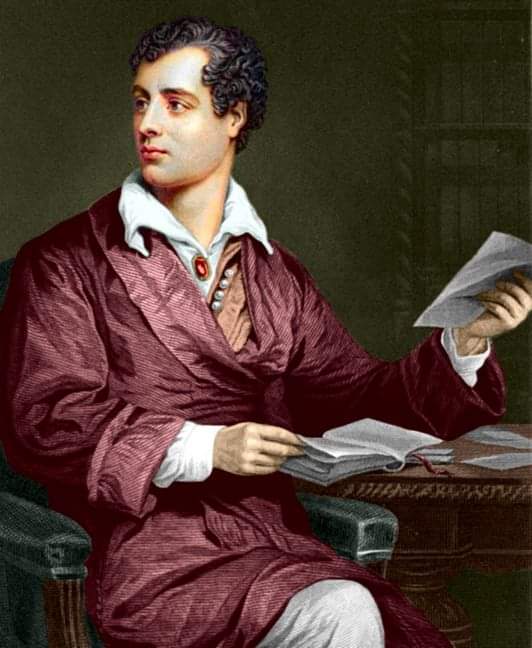During the Romantic Period, the book surged in popularity and became a favoured source of entertainment for the middle class. Writers began modifying their writing styles to cater to this specific audience.Authors started adapting their writing styles in order to appeal to this particular readership. During this time period, Sir Walter Scott became increasingly well-known, not only in Britain but also throughout Europe.

It was mostly within the realm of historical romances that he wrote, and he was the one who established this as a viable type of literature for subsequent authors. In addition, Scott centered his attention on his own Scotland, frequently writing about the country’s exquisiteness and romanticism. The Jacobite Rebellion of 1745 is the setting for Scott’s first major novel, Waverly (1814), which was published in 1814. An attempt was made by the dissident group to reinstate Charles Edward Stuart as the heir to the Stuart dynasty.
It is in the year 1745 when the hero, Edward Waverly, receives a commission in the army and is dispatched to Scotland. During his time there, he joins Jacobite groups despite the fact that he is aware that they would fail. While he is there, he is imprisoned; nonetheless, he is ultimately released. A marriage between Waverly and Rose, the daughter of a baron, serves as the novel’s conclusion. This marriage exemplifies the rational and realistic conditions that prevail in Scotland after the uprising. Despite the fact that this was his first triumph, The Antiquary (1816), Old Mortality (1816), and The Heart of Midlothian (1818) are generally regarded as his finest
The Gothic Genre of Fiction
Over the course of the second half of the 18th century, there was a rise in the popularity of gothic fiction in Great Britain. The inspiration for this comes from a trip to the middle ages. Quite frequently, this genre would merge elements of the supernatural and the unexplained with the castles and dungeons that existed in historical times. The powerful feelings of terror, misery, anxiety, and even love are the elements that are brought together in the gothic tale.

There are works that have been given to this canon by both Coleridge and Byron; nevertheless, the works of John William Polidori’s The Vampyre (1819) and Mary Shelley’s Frankenstein (1818) stand out as two of the most enduring pieces composed within this genre. The contributions that Polidori made to the development of the vampire literary genre are significant.
The novel Dracula, written by Bram Stoker and published during the Victorian era, would continue to be of great interest to people who are interested in vampirism.
Within the pages of her gothic novel, Frankenstein, Shelley incorporates aspects of love as well as the supernatural. In order to bring a creature that he has created to life, Dr. Victor Frankenstein is able to grasp the power of life and manipulate it. Following the creature’s rejection and rejection of companionship due to his repulsive physical characteristics, he develops a violent disposition and makes up his mind to eliminate Victor from his life.
The Women Have Now Arrived
There were more successful female writers during the Romantic period, which was a prelude to the popularity of women writers throughout the Victorian age. Within the context of this time period, Jane Austen was the most influential female writer. Austen, who wrote around the conclusion of the Romantic Period, did not always follow to the rigid restrictions that were established during that time period. She also made fun of some of the more grandiose plots that had been written by earlier authors.

Austen, on the other hand, made the decision to focus on the general lives of ordinary people, so adopting a socially realistic approach. Her books have protagonists that are friendly and approachable, and they go on adventures that the average reader is likely to experience. She was also able to show the lives of women in a more accurate manner using this method. She was aware of the fact that women at the period had very little upward mobility in terms of social class, and she utilized a number of her novels to demonstrate this.
Sense and Sensibility (1811), Pride and Prejudice (1813), Mansfield Park (1814), Emma (1815), and Northanger Abbey (1817) are just a few of the well-known novels that she has written. Elizabeth Bennet, the second oldest of five daughters, is the protagonist of Pride and Prejudice, a novel that continues to capture the attention of readers even in modern times. Following the arrival of Mr. Bingley and Mr. Darcy in the area, the Bennet family has high hopes that they will marry two of the daughters who have not yet tied the knot.
In spite of the fact that Elizabeth Bennet and Mr. Darcy have a disagreement at the beginning of the book, they finally fell in love with one another and got married. Also very well-known is Jane Austen’s novel Emma, which depicts the repercussions of interfering in romantic relationships.

Emma is under the impression that she has the potential to be a matchmaker; nevertheless, her attempts eventually don’t succeed and result in heartbreak along the way. In spite of the fact that she makes a solemn vow at the beginning of the book that she will never marry, by the time it is over, she has come to the realization that she is in love with Mr. Knightly, and the two of them end up being married.
Conclusion
Beginning in the early 19th century, the Romantic Movement from Europe made its way to the United States. It was a movement that appealed to the revolutionary spirit of the American people and encompassed many of the same ideas, genres, and forms as the European Romanticism tradition. The crowning of Queen Victoria in 1837 marked the successful conclusion of the English Romantic Period.
At the same time as the working class was beginning to take the lead in the culture, the people of England were beginning to experience the full effects of the Industrial Revolution. The most important development would be the invention of the steam printing press and the railroads, both of which would make it feasible to easily produce and disseminate written works.



